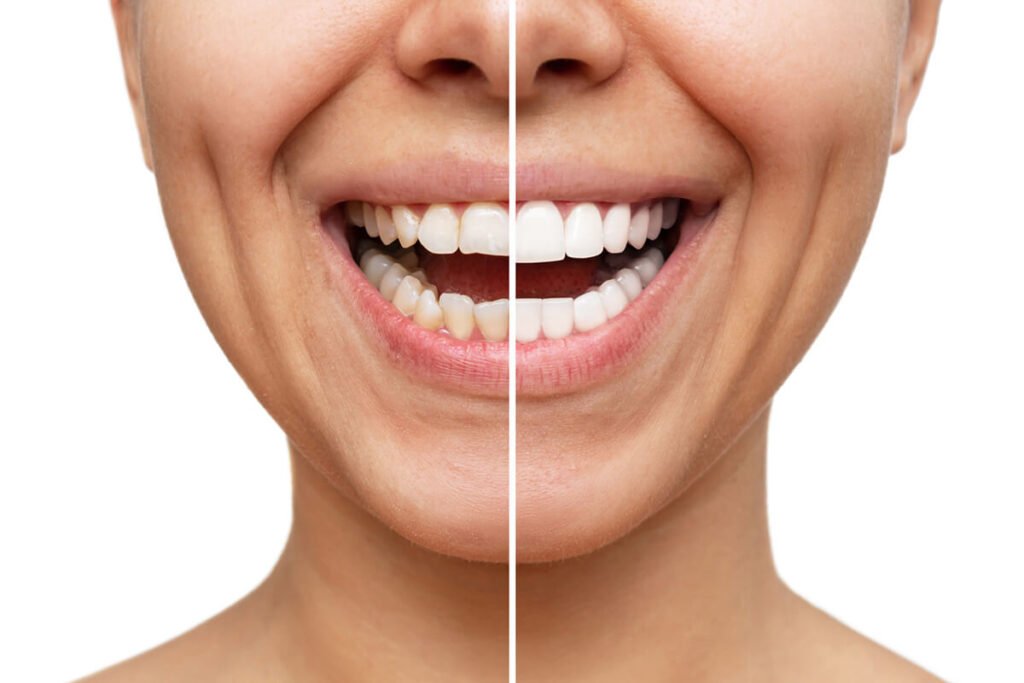
Dental veneers are thin, custom-made shells designed to cover the front surface of teeth. They are primarily used in cosmetic dentistry to improve the color, shape, size, or length of teeth for a natural-looking and attractive smile.
What Are Veneers Made Of?
1. Porcelain Veneers
- Highly durable and stain-resistant
- Mimic natural tooth enamel closely
- Require some enamel removal
- Typically last 10–15 years
2. Composite Resin Veneers
- Made from tooth-colored filling material
- Less expensive, but not as strong or stain-resistant
- Usually last 4–8 years
- Often applied in a single visit
📋 Common Reasons to Get Veneers
- Discolored or stained teeth that don’t respond to whitening
- Worn-down or chipped teeth
- Misaligned, uneven, or irregularly shaped teeth
- Gaps between teeth
- Mild crowding or spacing issues
🛠️ Procedure for Getting Veneers
- Consultation & Planning:
- Evaluation, X-rays, and impressions
- Discussion of desired results and shade selection
- Tooth Preparation (for Porcelain):
- A small amount of enamel is removed
- Temporary veneers may be placed
- Bonding:
- Custom veneers are bonded to the teeth using dental cement
- Adjustments are made for comfort and appearance
- Follow-Up:
- Ensures proper fit and gum response
✅ Pros of Veneers
- Dramatic smile transformation
- Natural tooth appearance
- Long-lasting and stain-resistant (especially porcelain)
- Minimally invasive compared to crowns
⚠️ Cons of Veneers
- Irreversible (especially porcelain veneers)
- Can chip or crack (especially composite)
- May cause increased tooth sensitivity
- Not suitable for people with severe tooth damage or bruxism (tooth grinding)
🧼 Care and Maintenance
- Regular brushing and flossing
- Avoid biting hard objects
- Use a mouthguard if you grind your teeth
- Professional cleanings and check-ups

